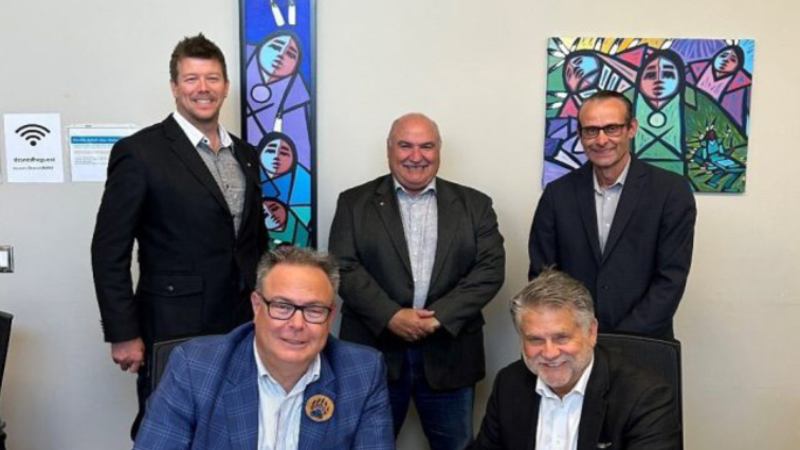
Women reclaiming traditional birth practices at Sturgeon Lake gathering
Ancient birth practices were the topic of discussion at a recent gathering held at the Sturgeon Lake First Nation Community Hall.
Smoke from sage gently wafted around the building as women from across the country gathered to talk about the traditional teachings and practices around childbirth. The discussions were helped along by members of the National Aboriginal Council of Midwives. The organization is travelling across the country hosting similar discussions, aiming to see a plan for an Indigenous midwife position put in place in every community they visit.
“Prior to colonization we always had midwives. We always had women’s helpers and aunties, and Indigenous birth workers. That was just inherent in our community,” Melissa Brown, an Anishinaabe and Dine registered midwife and member of the national council, said. “Because of colonization, birth was removed from our communities and our traditional midwives were criminalized for practicing.”
The modern medical practice of giving birth to a child in a hospital is damaging communities and breaking family ties, Brown said, similar to historical traumas like residential schools or the ’60s Scoop.


